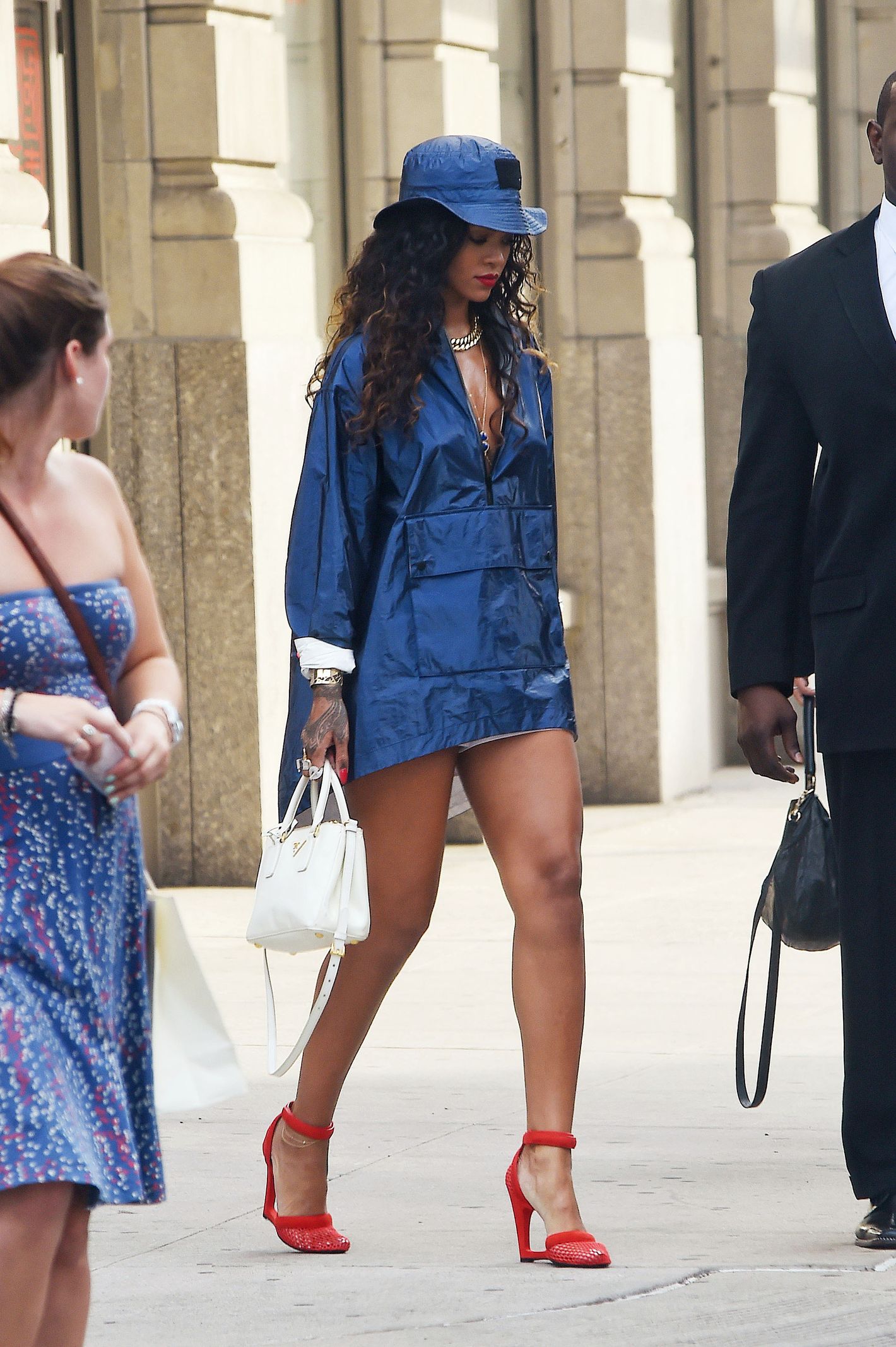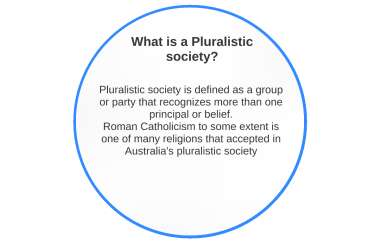
Media theory is often used in media studies to understand consumer culture. One of the main themes in media theory concerns consumer agency. It is a concept that the consumer can transform popular culture texts and other resources into a way to improve one's life. Studies of consumer culture tend to focus on political and social issues.
Material culture
Material culture refers to a wide range of objects and their meanings in contemporary society. This field draws on social sciences and humanities to study the relationships between people, things, and places. It looks at how we perceive and value material culture, including its monetary and sentimental values.

Using a comparative approach, the authors examine the material culture of consumer goods from pre-industrial times to the present, and how it connects to social structures. Three different types of documentation were used to examine the social meanings and associations of material goods with human and other social structures.
Status consciousness
The rise of status consumption is a growing trend in consumer culture. This phenomenon involves consumers purchasing goods and services based on their status and social prestige. Researchers have developed a scale for measuring this phenomenon. It is related to brand equity and purchasing intention. Women who are status conscious tend to buy high-end brands, and have stronger brand associations.
The field of status consumption is fascinating, as it reveals many paradoxes and commonalities. It is not easy to see why a product which is expensive in one country might be cheaper in another. To understand this phenomenon, however, it is important to have a nuanced understanding of status consumption.
Consumer culture movements
Modern consumer culture is a result many forces that came together after the Industrial Revolution in the 1890s. These forces transformed the production of everyday goods, such as clothing, appliances, and automobiles. This allowed companies to better coordinate their production and distribution processes, creating the infrastructure of consumer cultural.

Consumer culture movements have often been represented by boycotts and activist movements. For example, the National Consumers League encouraged women boycotting department stores to protest sweatshop conditions. The organization also promoted the notion that consumption was work, and that consumers were economic actors who were also engaged in unpaid labor. The NCL also argued that purchases could be transformed into useful goods and that this would ensure the social reproduction of the families.
FAQ
Are Tik Toks pop culture?
Yes! It's not for teenagers. These videos can be used by anyone to express their feelings, share life moments, and show support.
The app is used daily by more than 200 million people around the globe. Every day, this number increases by millions.
TikTok gives brands the opportunity to build meaningful relationships and connect with customers through this amazing platform.
TikTok is also home for many influencers who have built huge followings. These creators create original content and engage audiences around the world.
What are you waiting to do? If you want to take advantage of this trend, here are four ways to do it.
-
You can create viral content
-
Engage Influencers
-
Use Visuals Effectively
-
Be Creative With Your Audience
What are some positive features of pop culture?
Pop culture isn't all bad. Pop culture can be used to spark conversation. Pop culture also helps people express creativity. Artists can use pop culture to help promote their work.
Pop culture's greatest asset is its ability to bring people together. Everyone wants to watch the exact same shows. Everyone loves the same music. Everybody likes the exact same movies. Pop culture allows us to connect.
The problem is that not all pop culture is healthy. Some movies glorify violence. Some programs on television make fun of those with mental disabilities. Some bands also encourage fans to take drugs.
So, what can we do with pop culture's negative side?
We should avoid negative aspects of pop culture. It shouldn't influence us. It can cause problems for our health. It can also lead to crime. It can even affect our relationships.
Pop culture has a positive or negative impact on society. Are they promoting positive values? Are people being persuaded to do evil things?
Let's not forget to ask ourselves if our world is fulfilling. Are we satisfied with the music we listen? What TV shows do you watch? What clothes do we wear?
If we want to ensure the future of our children, we need to take responsibility for what we do. We need to decide what kind of world we want to live in. Then, we can choose which type of pop culture to follow.
What is popular culture in the world of music?
Popular Music Culture takes many forms.
The popular music culture is defined by the use of certain musical styles (e.g., jazz, rock) as well as lyrics. It also includes visual media, like television, fashion, advertising and film, that have an impact on the careers of artists and public perception.
It's also the way that fans interact with their favorite musicians.
One element of popular music culture is the emergence of "superstars" - artists who have achieved fame and fortune for themselves.
These superstars often transcend genres and become cultural icons, and their popularity has influenced the evolution of popular music itself.
Some other elements of popular music culture are:
* The rise recording technology – from acoustic instruments up to electric guitarists and microphones.
* The inventions and use of the radio and record player;
* The birth and rise of rock & roll.
* The introductions of film and television;
* The advent MTV and VH1
* The creation the internet.
What are examples of pop culture today?
Pop Culture is the 21st century's art form. Pop Culture covers all aspects of popular entertainment. It includes music, film, TV, video game, fashion, advertising, comics and so on. Author Neil Postman coined the term in his book Amusing Ourselves To Death (1985). Pop is a form of mass communication that employs cheap tricks and formulaic tools to create the illusion of spontaneity or uniqueness.
He did however point out that most people don't feel genuine enjoyment because they are trained to seek media experiences which make them feel superior. In addition, he argued that this type of cultural expression had contributed to the loss of critical thinking skills among young adults.
Pop culture can also refer to popular culture and consumerism.
How can we avoid falling prey to the temptations of pop culture?
We should first be able to identify when pop culture has an influence on us. Next, we must be aware of when pop culture is influencing us and make sure we don't get influenced. Here are some ways to stay clear of bad influences.
-
Avoid watching Game Of Thrones and other violent shows.
-
Don't spend time surfing the Internet. Instead, learn from books.
-
Pay less attention to television. Spend your time doing activities that are healthy.
-
Take care of what you post online. You can't delete comments after they have been posted.
-
Verify that the websites you visit contain security measures. Check them before you enter personal information.
-
Do not let anyone pressure or make you do dangerous things.
Talk to an adult if you feel like you are becoming dependent on pop culture. You can reach out to your local library or National Center For Missing &exploited Children (1 800-THE LOST).
What is some pop culture from 2020?
Music is rapidly changing. This year, artists like Travis Scott, Post Malone and Billie Eilish all reached number one on Billboard's Hot 100 charts. This was a remarkable achievement for any artist.
The same holds true for streaming services. Spotify reported that they streamed over 10 billion hours of audio content last year alone. It's 5x more than the content users were listening to five years ago.
This has resulted in a major shift in the way people consume media. Now, more people consume content than create it.
Everybody, from babies to old age, can now listen to high-quality audio content. This means that anyone can record, edit, mix, and release their music.
To play your favorite song, it doesn't matter if you go to university to study classical instrumentsation. Simply download an application, add your voice and upload them on YouTube.
If you don't feel like making music, why not just watch? You can find countless channels that make videos of songs, from parodies to covers.
Who invented the word Pop Music?
Frank Zappa invents the term pop music. Pop music was the name he used to describe his music.
He said that he wanted to write music that would appeal to everyone. His music is called pop music because of this.
Zappa also invents the phrase "You'll know it's pop when ..."". It means that something is extremely popular if you have many people enjoying it. Michael Jackson's Thriller is one example of the greatest-selling albums.
Zappa's definitions for pop music are quite different from the current. Pop music can include all music. But, there were only certain types of music that was considered pop back in those days.
Statistics
- Recently, the market share across Western Europe has ranged from 60-75% (Hopewell, 2013). (socialsci.libretexts.org)
- In 1987, US films captured 56% of the European film market. (socialsci.libretexts.org)
- According to CNBC.com, “more than 70% of the film's revenue came from countries outside the US” (https://www.cnbc.com/2019/01/08/aqua...nal-sales.html, ret. 8/18/19). (socialsci.libretexts.org)
- Less than a decade later, that statistic rose to 90% (Dager, n.d.). (socialsci.libretexts.org)
- For example, the term hater meaning someone who strongly undermines or criticizes others, often due to pathetic jealousy, likely emerged from hip hop culture, such as the term playa hateras, used by influential rapper Biggie Smalls as early as 1995. (simplicable.com)
External Links
How To
What is popular culture that you access via media technology?
Pop culture is everywhere. It's all around you: books, movies and music; television shows, music videos; social networking sites; etc.
Popular culture influences our lives. What we read in magazines, hear on the radio and see on TV influences our daily lives. We watch TV, we play video games, we go shopping, have fun with our friends, and we spend time on the Internet.
However, just because something is popular does not mean that it is good for business.
That's where media technologies come into play. They provide tools that allow us to access popular culture in a way that helps us connect with consumers.
The media technologies can be used for:
-
Content about products and/or services
-
Engage audience members with the actors, comedians, and authors they love
-
Promote brands and businesses
-
Send advertising
-
Track consumer trends
You need to be familiarized with popular culture if you want to grow brand awareness, get more customers, generate leads or increase customer loyalty. You can do this through media technologies.